Violence left the heart – Kenyan Festus Kipkorir found peace through education
A vicious circle of violence on top of well as climate change threaten the future of young people living in Kerio Valley, Kenya. This is a story about a young man who swapped cattle rustling for peace work.
A HERD OF brown and mottled cows bring traffic to a halt on a narrow unpaved road. The thorny bushes, large rocks, and deep pits in the reddish-brown sand leave no room for a 4×4 to get through.
In front of the car, sleepy cows are eyeing the vehicle, but they’re in no rush. Sweat drenches underarm, as the wait gets longer and longer under the morning sun. Even so, the driver waits patiently for one cow after another to move out of the way of the crawling vehicle.
It’s a view worth rejoicing at. In the Kerio Valley in western Kenya, all is well if the cattle can graze freely. Cows are considered valuable property, much like camels, which are less common in this part of the region. The communities in the valley steal cattle from each other, and the violence unfortunately often escalates into a conflict that spares no lives.
“Thieves killed my father in 2002. I was pretty small, and I also lost my aunt around that time. Two people at once”, says Festus Kipkorir, 24, and looks around.
In the bush between the road and the Kerio River his father was tending the family cattle, and this is where his body was found. The cattle probably continued the journey, herded by thieves, to the other side of the river. To the Kipkorir family, losing a father and husband and their most valuable property simultaneously led to hard times.
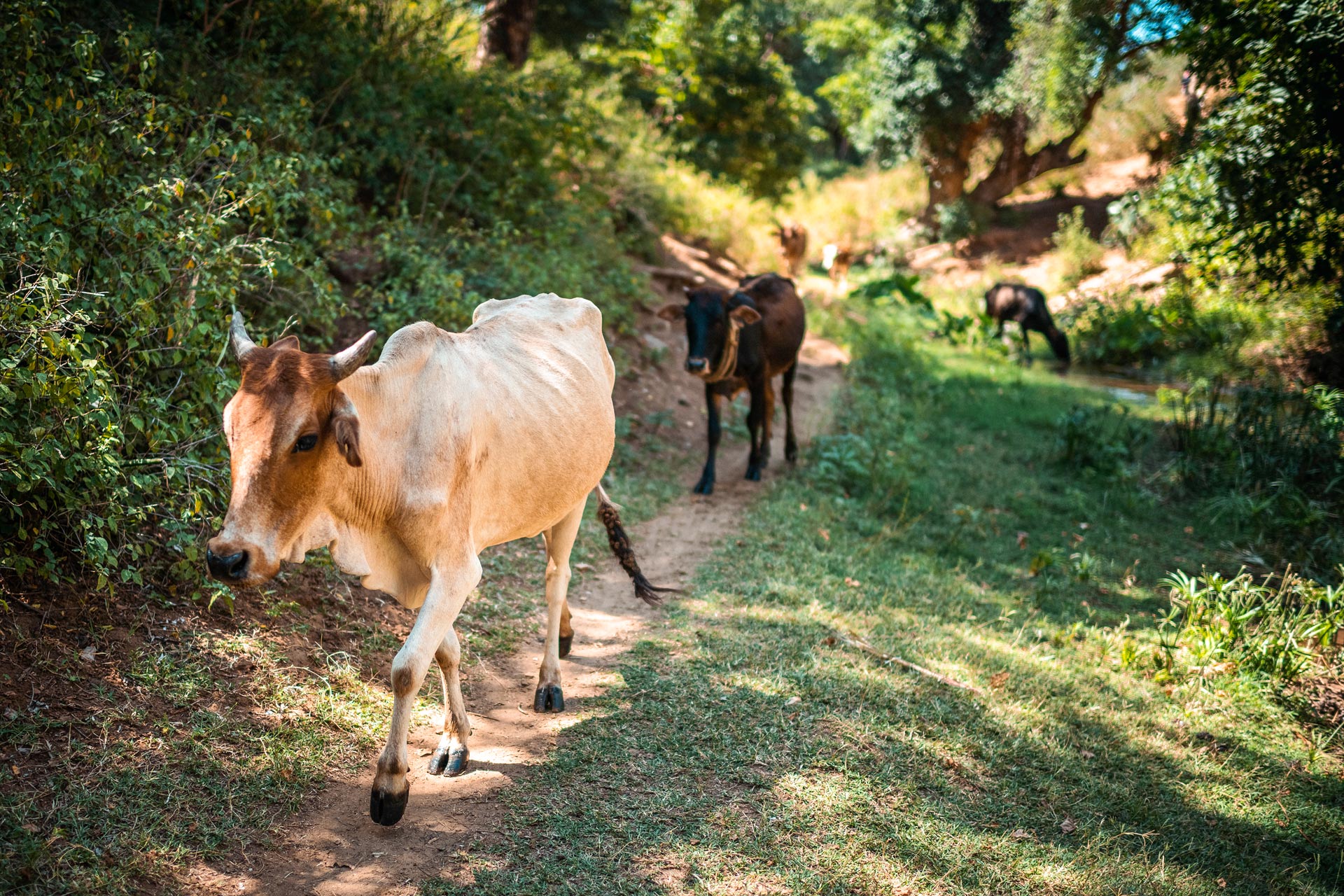
Although the family’s financial situation deteriorated rapidly, Kipkorir was still able to go to school until the 8th grade. However, his father’s fate continued to bother him.
“Violence stays in the heart,” describes Kipkorir of the feeling that leads to a circle of revenge – one even children and young people can’t avoid.
Stealing cattle is part of a cycle of revenge
“I was 13 when I first held a gun.”
Kipkorir says that boys as young as 10 become part of violence when a conflict flares between cattle thieves. The youngest are left behind to keep guard over the village, and the older boys go with the men to the neighbouring regions in the darkness of night. Stealing cattle from the other side of the river is a rite that turns boys into men.
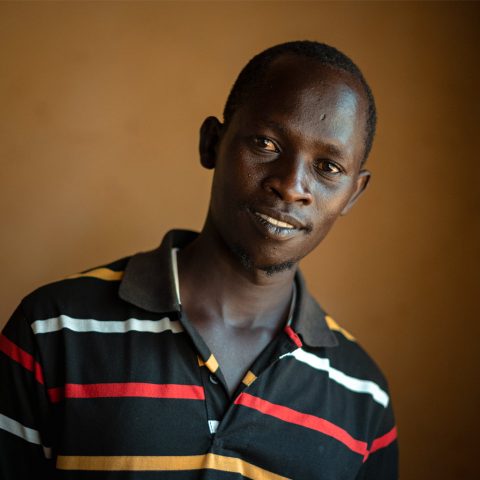
Thieves can form a group of up to a hundred young men in order to go and steal cattle. A large group insures the success of the plundering foray, and the simple number of people can also scare their opponents.
“We might take two thousand animals at once,” Kipkorir reveals.
Kipkorir built his tin-roofed two-room house himself. The temperature outdoors has climbed past 30 degrees, and Kipkorir has invited us into the shade of his home. Hot milk tea, called Chiya, is steaming in mugs.
We talk about the environmental reasons that sustain the conflict between the communities in the Kerio Valley. Traditionally, the tribes of the valley have supported themselves as nomads. Cattle, particularly cows and camels, represent for people cash, credit and an investment fund for their families. By selling cattle, the families can pay bills, send children to school, and invest in business activities.
Cattle need a lot to eat and must be tended in large areas. In recent years, the situation in the Kerio Valley has become increasingly tense due to the lack of pasture during dry seasons. Climate change has made the annual cycle more unpredictable.
In Kenya, rain has been delayed particularly in the east and north of the country in the Garissa and Marsabiti regions, but here in the west in the Kerio Valley, autumn 2022 was dry.
“The other side of the Kerio River is very different to this side. It’s very dry, no trees, just thorny bushes and sand,” Kipkorir says. “That’s why our neighbours from the other side bring their cattle to this side of the river to graze more often. That leads to arguments, because then there’s not much to eat for our cattle.”
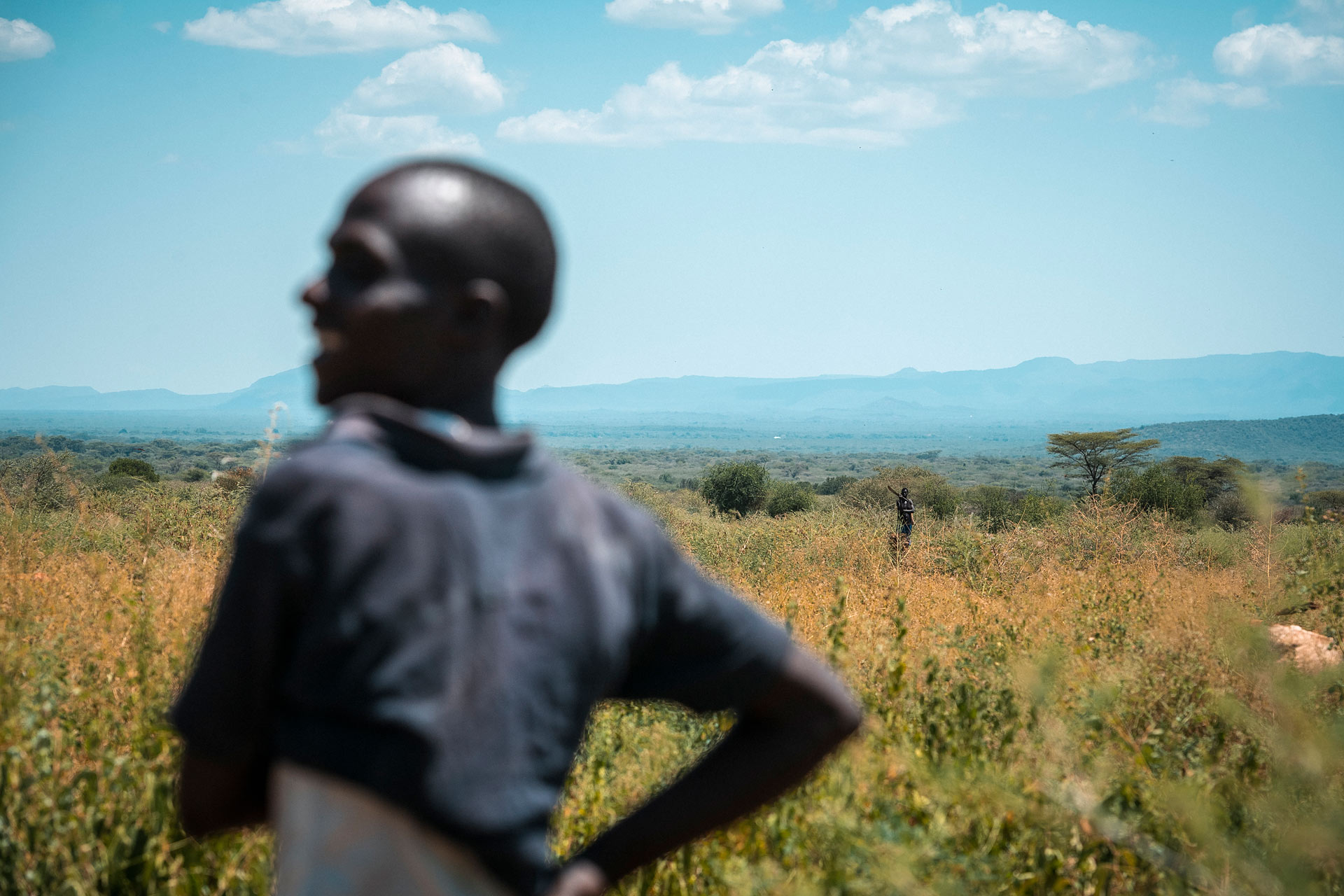
Kipkorir lives on the west side of the Kerio River, and here life isn’t as dependent on cattle as it is on the drier side of the river. The hills surrounding the valley rise as high as 2.5 kilometres above sea level. On the hillsides, there’s plenty of water for irrigation, which makes it easier to grow vegetables. Below the slopes, corn, tomatoes, beans, and papayas are grown.
Kipkorir guides us to sit down under a mango tree. This is his new life, a reason to give up cattle theft: mangoes, a patch of vegetables, and a dairy cow that produces, even on a meagre diet, enough milk to be sold. The cow is flicking flies with her tail and calmly chewing on her food.
“The biggest reason for the reduction of cattle theft is that people have been trained to farm and they’re no longer dependent on pastureland,” Kipkorir notes.
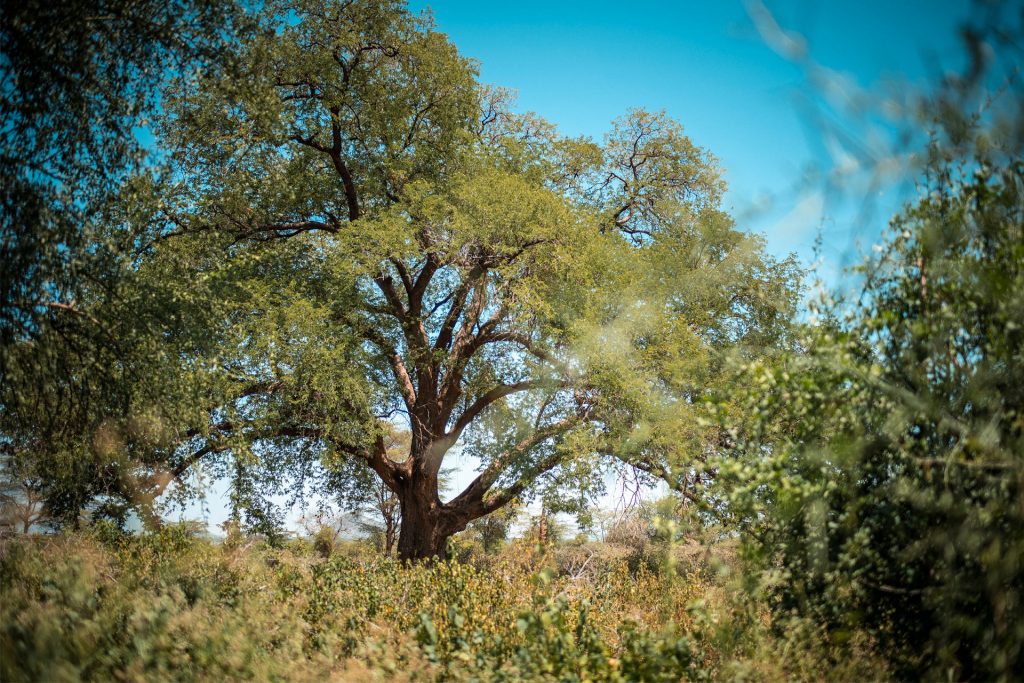
It’s hard to let go of violence
It was difficult for Kipkorir to leave the community of cattle thieves, even if it was a source of sadness and fear to loved ones.
“When my mother found out about my participation in cattle theft, she didn’t see me for a while,” Kirpkorir tells.
She couldn’t accept her son’s criminal and dangerous lifestyle.
“I tried to explain to her that this is about me, not her. In that situation, you just think you’re right. You’re not interested in anyone else’s opinion,” Kipkorir says.
“In reality, my opinions were dictated by a group I felt I was part of. I also felt the need to revenge my father’s death.”
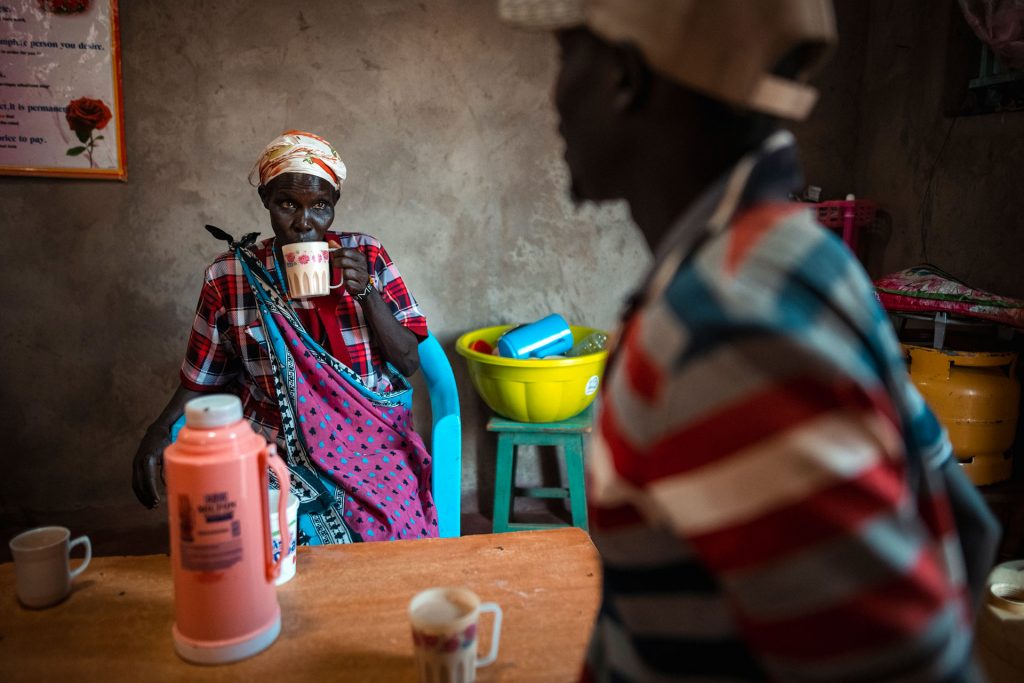
Mother Salome Kiptoo says she feared her son wouldn’t come back from the night-time raids. Some of the young men never return, some come back disabled.
“I feared and prayed every time he left. I still remember what a good and hard-working student he was at school,” mother tells.
Climate change creates the threat of violence, which causes children to drop out of school
The cycle of violence and the sudden impoverishment of families in the Kerio Valley is also a threat to the education of children and adolescents. The obstacles are financial as well as security related. In recent years, cattle thieves have struck schools and even a bus that was taking students on a trip.
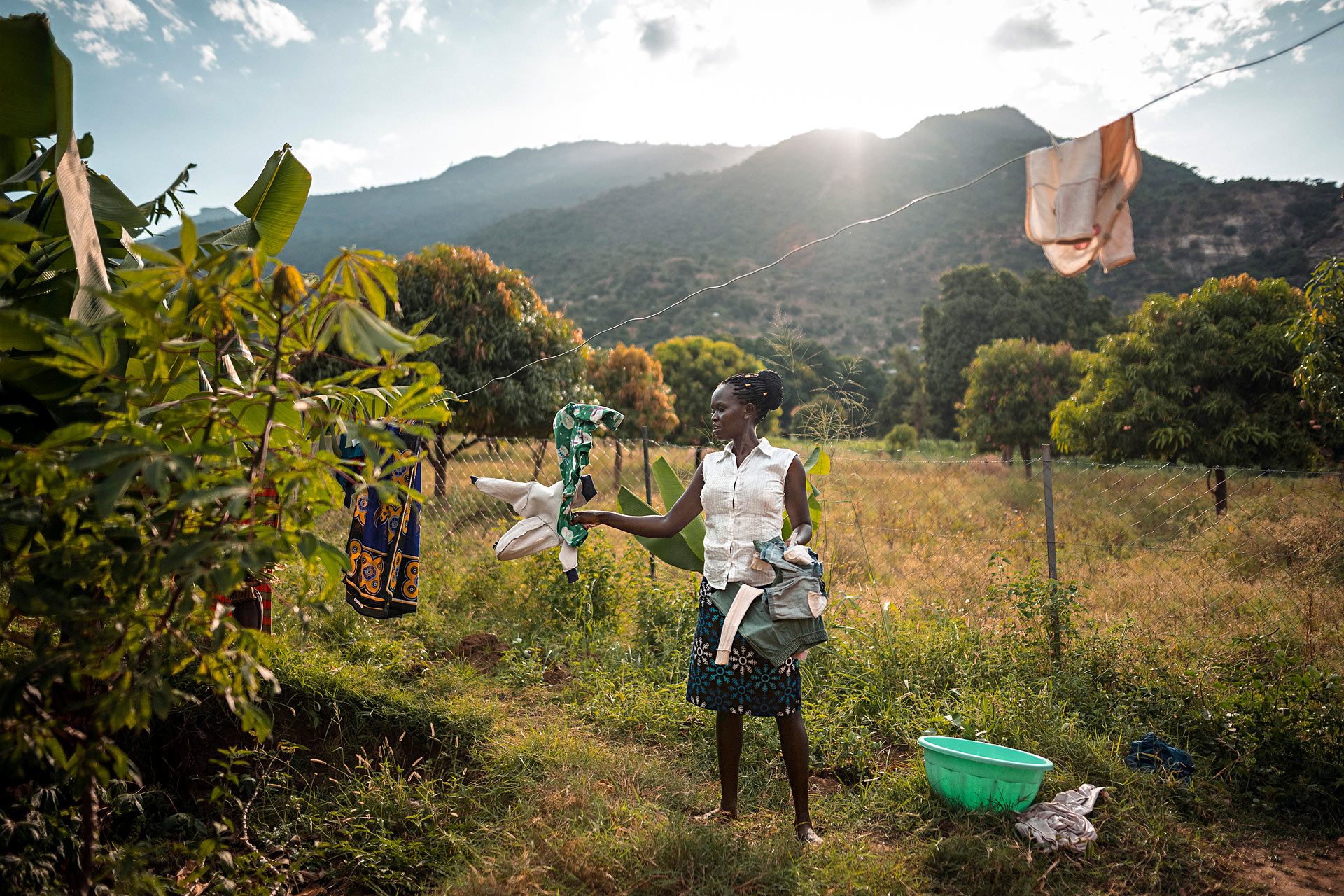
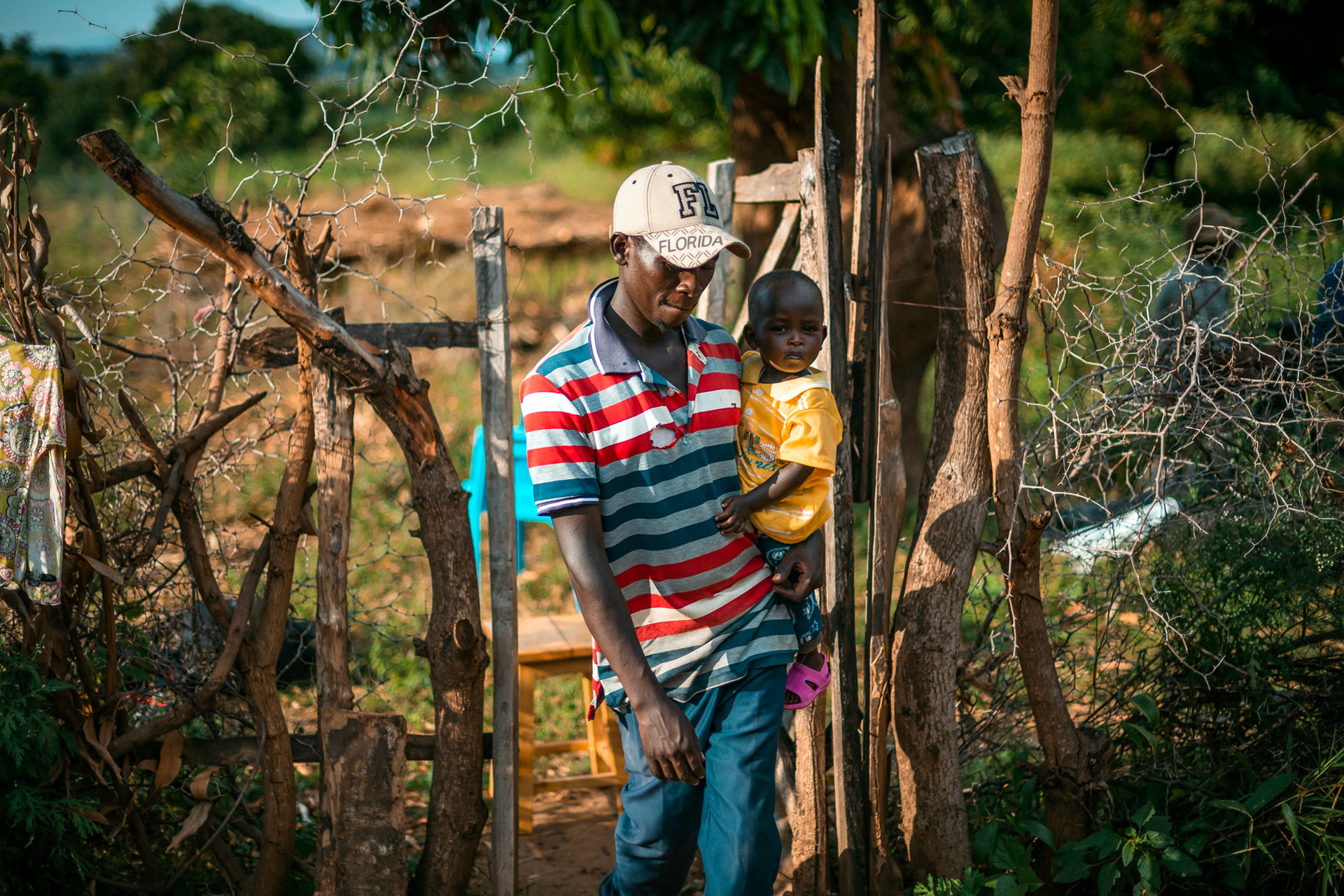
“Some of the schools in the Kerio Valley have lost a lot of their students. Those with money have transferred their children to other schools, and some simply don’t let their children go to school,” tells Finn Church Aid (FCA) programme director Alexon Mwasi.
The capricious nature of climate change adds to poverty. Based on an estimate by UNESCO, approximately two million children between the ages of 6 and 17 don’t go to school in Kenya. Most of them are from families that live a nomadic lifestyle in areas like the Kerio Valley.
“FCA supports the poorest families in the Kerio Valley as well as a few other areas that have suffered from drought, so that the children can return to school. The aim is to reach about 41 500 school dropouts,” says Mwasi.
Education secures the future
Kipkorir knows he’s lucky; in the end, he was able to finish school despite the family facing poverty after the death of his father. He believes that education helped him give up cattle theft. Based on his experiences, he’s tried to convince his former friends to leave behind a violent life.
“I’ve reminded them that just like me, they’ve also gone to school. At school, we’ve been taught community spirit and brotherhood. It’s not right to kill and steal.”
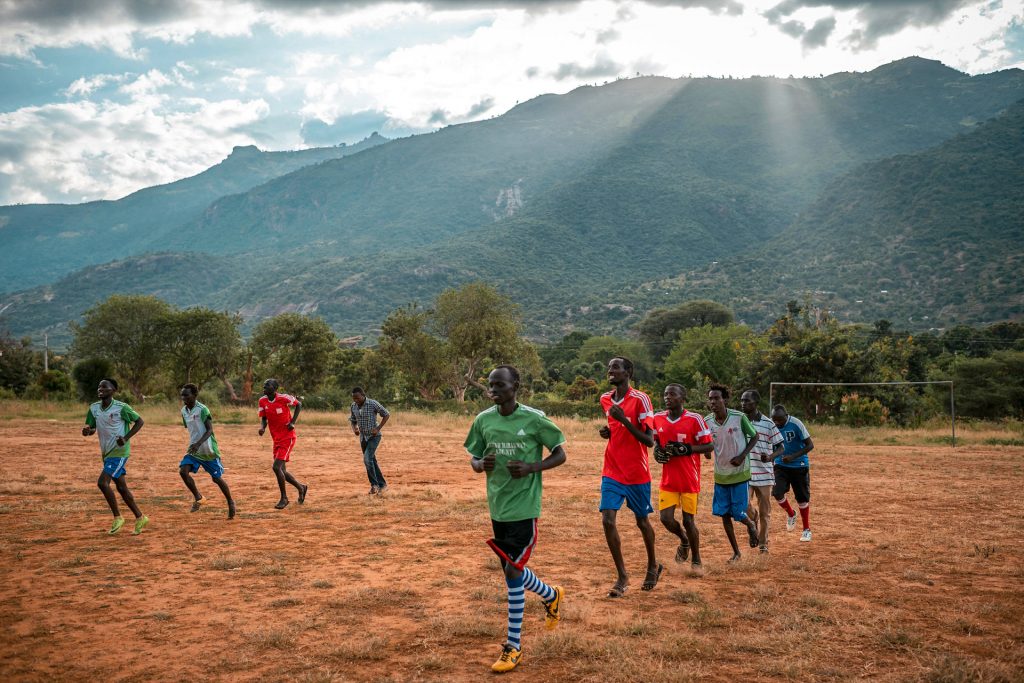
Kipkorir says that some of the former cattle thieves are now, like him, on the side of peace. They play in the same football team with some younger men.
“Football gives us an opportunity to get to know our neighbours on the other side of the river. Playing is a much fairer way to measure our strength,” Kipkorir points out.
“We are peace ambassadors on this side, and our neighbours in the other team are peace ambassadors on their own side. Together, we can stop the violence.”
Salome Kiptoo’s big eyes are shining when she talks about how her son has changed.
“Initially I didn’t even believe him when he told me he’s giving up cattle theft and starting to farm land. At last I started to believe, and I helped him buy seeds to grow green lentils and beans.”
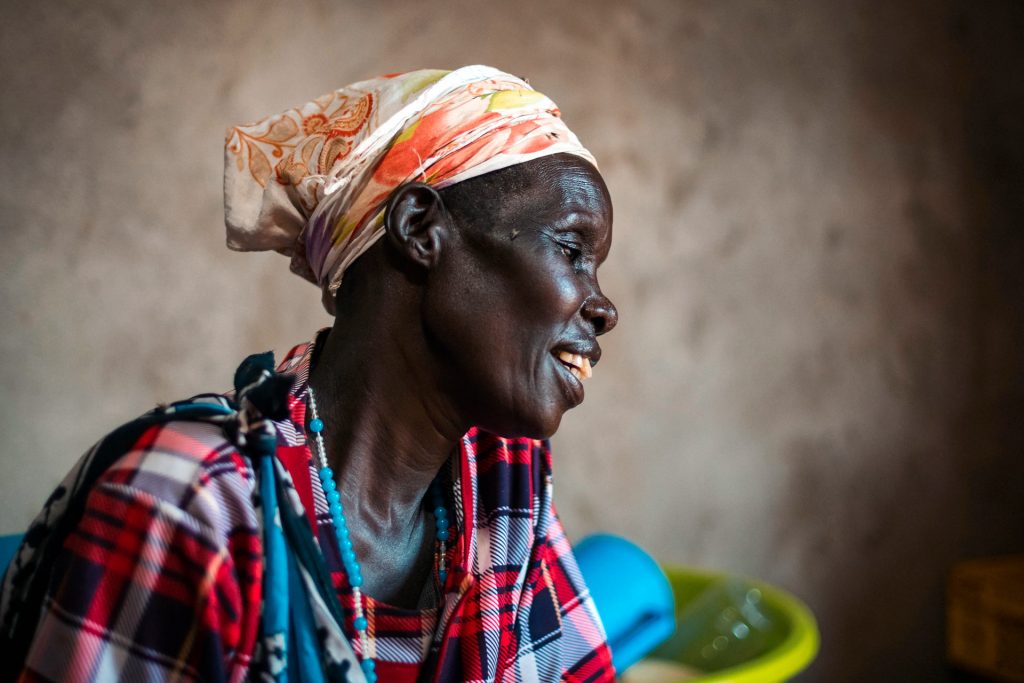
Now her son has his own little farm and a family, a wife and son. Just like his mother wanted.
“I believe that a lasting peace with come with many blessings. There’ll be no need to fear that the children won’t come back at night. Good things will happen in the community when there’s peace. Everyone wins,” says Salome Kiptoo.
Kipkorir’s son is still tiny. What does the young father wish for his son?
“I want him to finish school.”
Right now, there is peace. Children in school uniforms are walking on the side of the road, people of different ages are sat in the shade of large trees, and the doors and windows of low, tin-roofed kiosks are open. Trucks are bouncing and swaying on the bouncy road, and men are picking up sack of mangoes piled on the side of the road.
Text: Elisa Rimaila
Photos: Antti Yrjönen
FINN CHURCH AID (FCA) supports the education of children and young people in Kenya through the Common Responsibility Campaign in areas where climate change has increased poverty and insecurity. In many places, young people become involved in local conflicts between different communities. The project supports the return of young people to school, who have previously dropped out. In addition to material and educational support, young people in a particularly vulnerable position receive psychosocial support. The project will also build and renovate toilets and handwashing stations in schools. The Common Responsibility Campaign builds up FCA’s disaster fund, which can be used to help where the need is greatest.